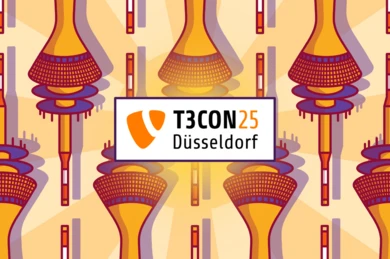
T3CON25 showcased the future of TYPO3 with insights on TYPO3 v14, AI, digital sovereignty, and open-source solutions driving secure, modern web experiences.
Sharing what we've learned while delivering client projects online for more than 20 years and being leading contributors to TYPO3 is part of who we are.
We choose widely-adopted open-source technologies because we can fix, extend, and improve them while building on the experience and support of thousands of our peers. In our blog, we share with you the knowledge we've gained along the way for you to build on.
Read on!


T3CON25 showcased the future of TYPO3 with insights on TYPO3 v14, AI, digital sovereignty, and open-source solutions driving secure, modern web experiences.
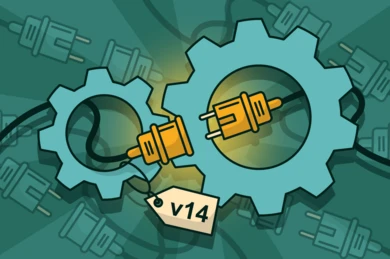
See highlights from Benni Mack’s T3CON Keynote: TYPO3 v14 offers a modernized feel and improvements in themes, upgrades, and API.

The Container Extension by Achim Fritz (b13) wins the TYPO3 Award 2025. A recognition for open source, clarity, and true TYPO3 DNA.
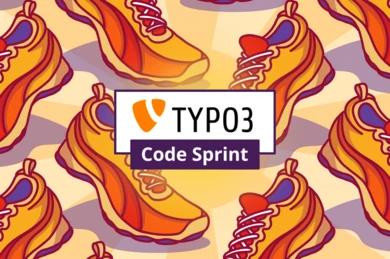
Five days, 14 contributors, countless ideas — and 55 patches created! Our team at b13 joined the TYPO3 v14 Feature Sprint in Geneva to push key improvements for backend UX, APIs, and media management.
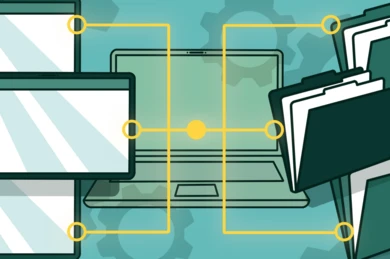
Subdirectories, Subdomains, and Better SEO Rankings. The answer to which one should I use? is always it depends. Subdomains and subdirectories interact differently with SEO rankings, regionally-specific top-level domains, and your internal site organization and maintenance.

TYPO3 is still an underdog in the UK. The first TYPO3 Camp in London demonstrated the powerful interplay between community, knowledge, and open source — and why visibility is the key to growth.

Solve TYPO3 user management bottlenecks with Managing Editor. Give editorial teams user creation powers without admin access. Secure, controlled, efficient.
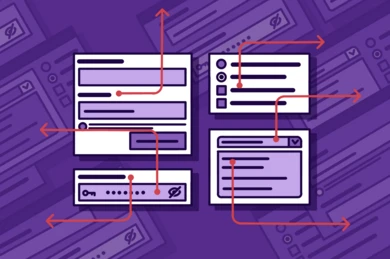
Effective web form design is a critical component of user engagement and conversion. By focusing on clarity, simplicity, and user experience, businesses can create web forms that not only enhance user interaction but also drive conversions and business growth.

At CMS Connect 2025, the message was clear: AI is no threat - it’s a helpful tool. Insights on content strategy, search, governance, and content management.
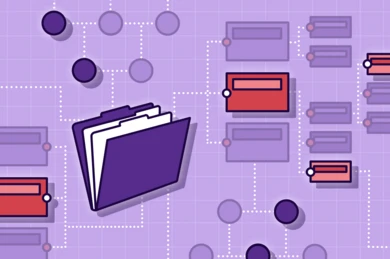
Dive into our latest article exploring the world of information architecture and its profound impact on user experience. Learn key strategies and best practices for designing effective IA.